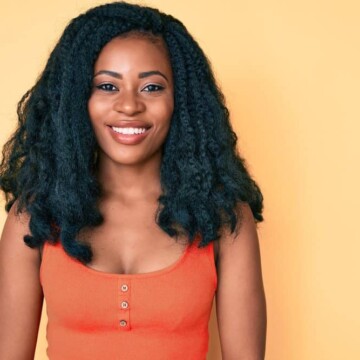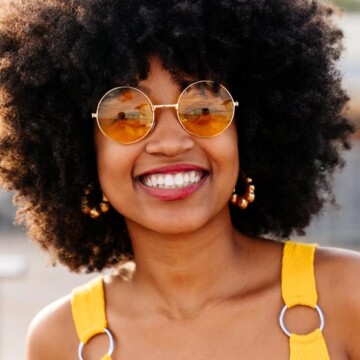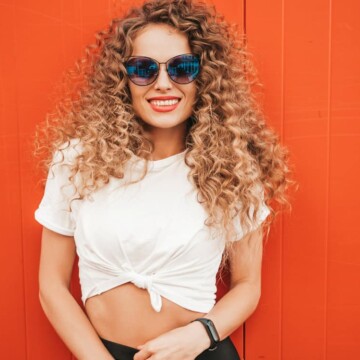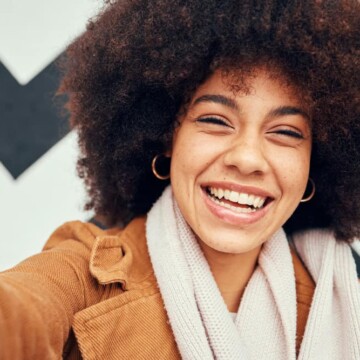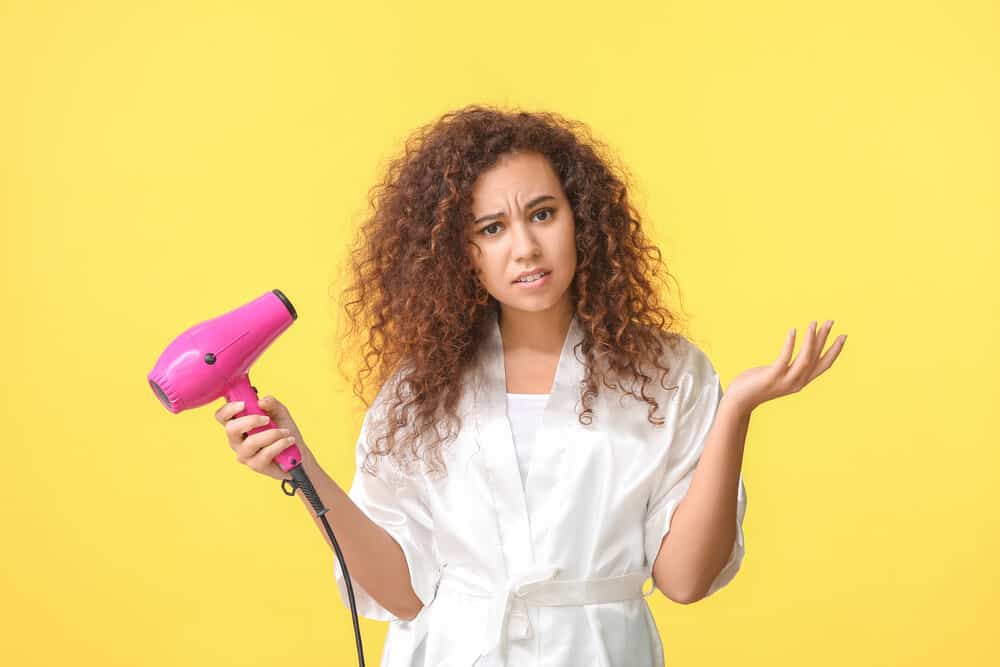
No one can deny how helpful hair dryers can be in a pinch! But we all know that high heat and hair don’t mix. So, how hot does a hair dryer get?
If you’re concerned about the effects your hair dryer could be having on your hair, you’re in the right place.
The dangers associated with most hair dryers depend on the temperature of the unit – so you need to know how hot a hair dryer can get. In this article, we'll tell you just that.
Table of Contents
How Hot Does a Hair Dryer Get?
The average blow dryer temperature is between 80 and 140 degrees Fahrenheit (approximately 27 to 60 Celsius). The exact maximum temperature your blow dryer reaches will depend on the manufacturer and the setting you use.
If you're using a lower heat setting, the air will be closer to 80 degrees. Conversely, if you use a high heat setting, it will be closer to 140 degrees Fahrenheit or even higher.
Blow dryer temperatures are much lower than flat irons, curling irons, curling wands, and other heat styling tools we use on our hair.
These tools can reach temperatures as high as 450 degrees Fahrenheit (232 Celsius). That's why it's important to use a heat protectant spray whenever you style your hair with these hot tools.
Note: 450 degrees Fahrenheit is hot enough to burn your skin, not only your hair.
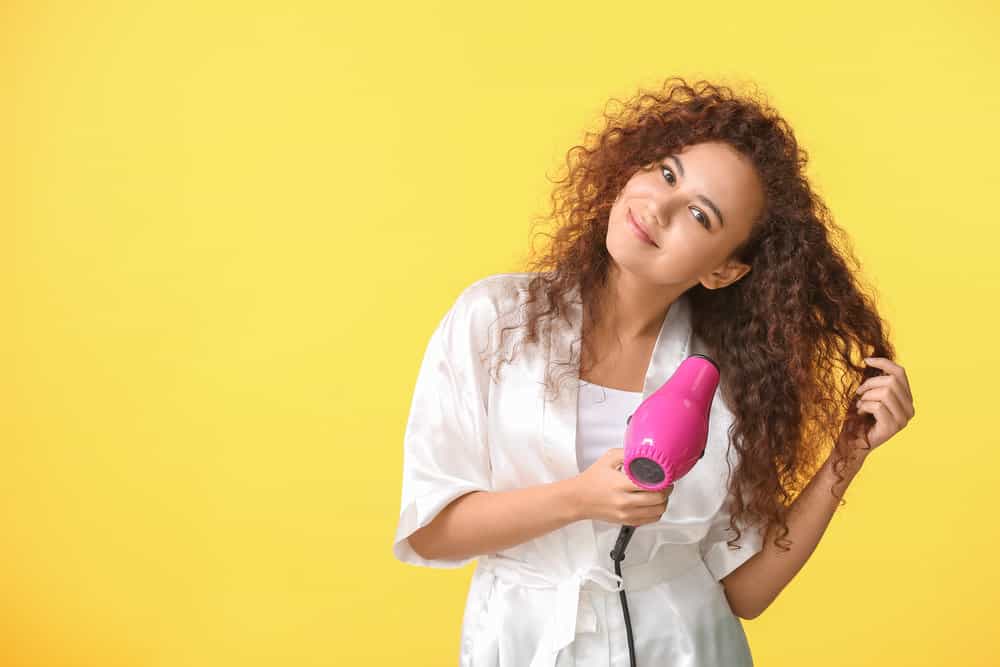
Can Blow Dryers Damage Hair?
You might think the temperatures blow dryers reach can't be that bad. After all, isn't damage from heat styling tools caused by direct contact with hair?
That's true, but blow dryer heat is still damaging. The hot air from a blow dryer can cause split ends, breakage, and make your hair dull and lifeless.
Will I Lose My Curls from My Blow Dryer?
If you have curly hair, you might wonder if blow drying will cause you to lose your curls. The answer is no - blow drying won't cause you to lose your curl pattern.
The temperature is just too low to permanently damage your curls’ structure. You're much more likely to lose your curl pattern from using hot tools like flat irons and curling wands.
What Does a Hair Dryer's Wattage Mean?
You may have noticed that your hair dryer has a little number on it, like 1800 watts. But what does that mean? Put simply, wattage measures how much power your hair dryer uses.
The higher the wattage, the more powerful the blow dryer. And in general, the more powerful the blow dryer, the hotter it will get.
So, if you're looking for a blow dryer that can pack a punch, look for one with high wattage (1800 to 1875 is ideal). But beware: too much power can be a bad thing.
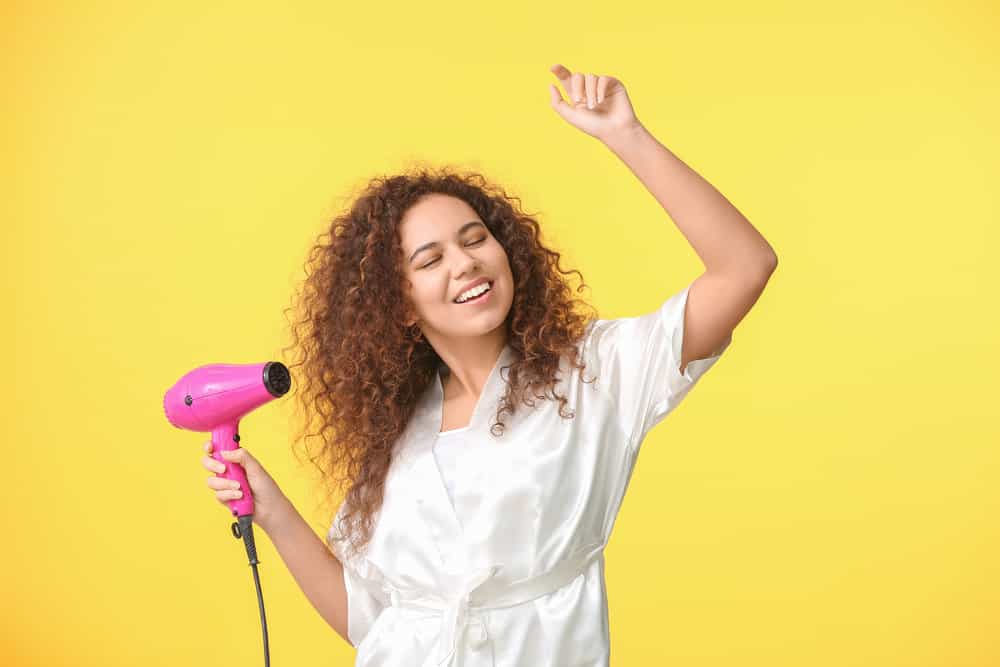
What is the Highest Wattage for a Hair Dryer?
The highest wattage blow dryer you’ll find online is 3500 watts. Blow dryers with this much power are geared toward professional use in salons and can lead to hair damage if used by someone who’s inexperienced.
The most commonly used blow dryer has 1875 watts of power and is sufficient for all of your home hair styling needs.
At What Temperature Does Hair Burn?
The temperature at which hair burns hovers around 450 degrees in most cases. But it can be lower depending on the type of hair you have. For example, coily or kinky hair is less resistant to heat damage than Caucasian hair.
That's because Caucasian hair has a higher natural oil content, which acts as a lightweight heat shield.
Healthier hair, in general, is also more resistant to heat damage. So, if you're blow drying damaged, kinky, or unhealthy hair, you're more likely to burn your hair.
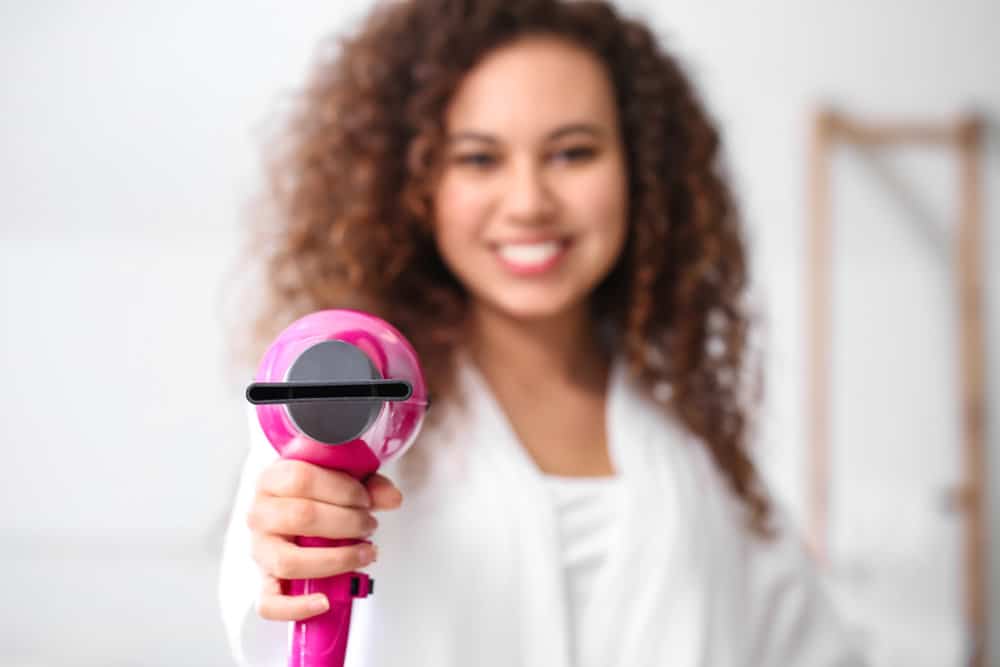
How to Prevent Hair Damage From Blow Dryers
Now that you know blow dryers can ruin your hair, you might be wondering how you can guard against the worst. Read the below prevention tips to learn how to ward off hair damage:
- Invest in a high-quality blow dryer. High-quality blow dryers have temperature controls and regulation technology. The regulation tech keeps the dryer from getting too hot, and the temperature controls give you access to several heat settings. You can then use these settings to keep the heat at a low to moderate level.
- Use the right blow-drying technique. Hold the blow dryer at least 8 inches away from your head and point it down the length of your hair. If you’re trying to achieve a curly style, use a diffuser attachment.
- Apply a heat protectant before you get started. The product will help to create a barrier between your hair and the blow dryer heat. Be sure to follow the directions on the product you're using. Some heat protectants should be applied to damp hair, while others can be used on dry hair.
- Use the lowest effective heat setting possible. Sometimes, the cool setting isn't hot enough to achieve a given style. Still, the higher the heat, the more likely you will end up with compromised hair. If you can blow dry your hair on a lower heat setting and still get the job done, do it!
- Give your hair a break from heat styling every now and then. Over-styling your hair can be harmful even if you're using a blow dryer set to low heat. If you blow dry your hair daily, try giving it a break one or two days a week. On those days, air-dry your hair.
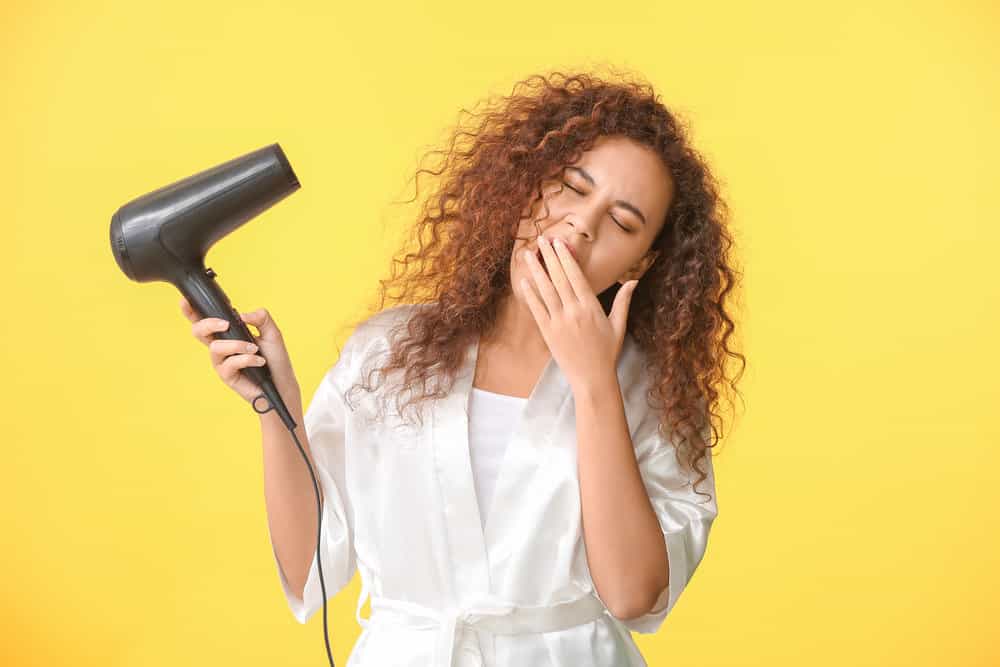
How Hot Is Too Hot for a Heat Tool?
Knowing how hot is too hot can help you avoid damaging your hair with blow dryers, flat irons, and curling wands. The temperature your hair can withstand depends on your hair's texture and condition.
Fine or damaged hair can't take as much heat as thick or healthy hair. In addition, if your hair is already damaged from over-processing, it's more likely to respond negatively to heat.
The best way to find out what temperature is too hot for your hair is to experiment and pay attention to how your hair reacts.
Start with the lowest setting on your blow dryer, curling iron, or flat iron, and gradually increase the heat until you discover your hair’s sweet spot.
Your hair should feel soft and look shiny, not dry, brittle, or fried. If you start to see smoke or smell burning, that's a sign the heat is too high.
Of course, different hair types require different blow-drying techniques and temperatures.
For example, people with curly hair might need a higher heat setting to straighten their hair, while people with fine hair might need a lower heat setting to avoid damaging their strands.
- Best Hood Hair Dryers
- Best Blow Dryer for Natural Hair
- 4C Hair Dryer
- Drying Natural Hair Under Hooded Dryer
Bottom line: if you're not sure what temperature is right for your hair, err on the side of caution and start with a lower hair dryer temperature setting. You can always increase the heat if needed.
And remember, blow dryers, flat irons, and curling wands are all tools that should be used with care.
Unlike flat ironing, blow drying doesn’t involve “direct heat.”
That’s why many use hair dryers without worrying about damage. But, given that blow dryers can get as hot as 140 degrees or higher, it’s wise to be careful with your unit if you want your hair to thrive.
Keep your hair dryer on the lowest effective heat setting and limit the number of times you use it in a given week. In addition, healthy hair requires TLC and thoughtful styling – so maybe it’s time to try out some heatless styles like Bantu knots or twist-outs.
We hope that this article helped clear up any questions you had about blow dryer temperatures. And we wish you the best as you learn how to style your hair in a way that promotes healthy growth and length retention.

